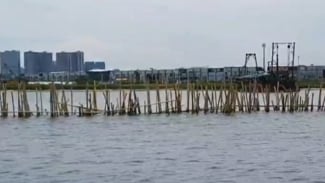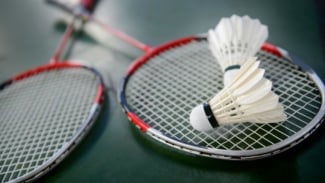Scientists Discover Amazing Abilities in Sea Spiders
- U-Report
VIVA – Sea spiders are cosmopolitan and found in oceans around the world. Sea spiders have long legs in contrast to small body sizes. But actually, the sea spiders have an amazing ability that was previously unknown; they can regrow their rear ends.
In a series of experiments, scientists discovered that juveniles from the sea spider species Pycnogonum littorale were able to fully regenerate several amputated body parts from their lower body, including hind limbs, parts of their guts, reproductive organs, and even their anuses.
Sea spiders, which belong to the class Pycnogonida, are a group of around 1,300 marine arthropods with eight legs. While they look similar to terrestrial spiders, they are only very distantly related to them. Other arthropods, such as spiders, centipedes, and crabs, can also regenerate body parts, enabling them to escape predators that have taken a bite out of them, as launched by Live Science.
Ilustrasi laba-laba laut.
- U-Report
However, it had long been assumed that sea spiders did not possess this ability because scientists had never observed the animals doing it and because sea spiders have evolved hard exoskeletons to protect them from predator, which suggested they might not need any other form of defense.
In a new study, published on January 23 in the journal Evolution, researchers tested this assumption by amputating body parts from 23 Juvenile and 23 adult P. Litorale sea spiders. The adults were unable to regenerate any of the lost body parts, but surprisingly a majority of the juveniles eventually regrew the missing parts.
During the experiments, the sea spiders had varying parts of their posterior sections removed, such as their back legs, hindgut, anus, various muscle regions, and reproductive organs, which include gonoducts in females and gonopores in males.
The adults were unable to regenerate the lost body parts and most died from their injuries, although a couple of individuals that sustained less-extensive damage were able to survive for up to two years after the experiments.
However, 16 juveniles survived their amputations, and 14 were able to fully regrow their lost body parts, although some individuals that had all four rear legs removed only regrew two replacement legs.
The adults' inability to regrow lost body parts is likely why the juveniles' regenerative skills have gone unnoticed until now, researchers noted in the paper. The team now wants to discover the exact mechanism that triggers the regeneration in sea spiders and compare it with other arthropods' regenerative abilities.

























